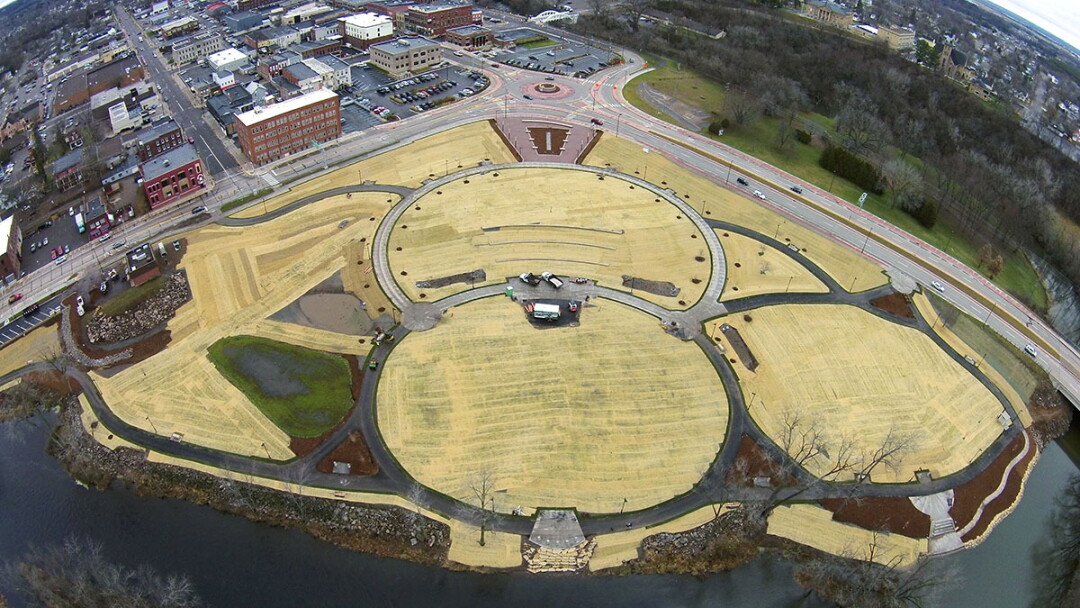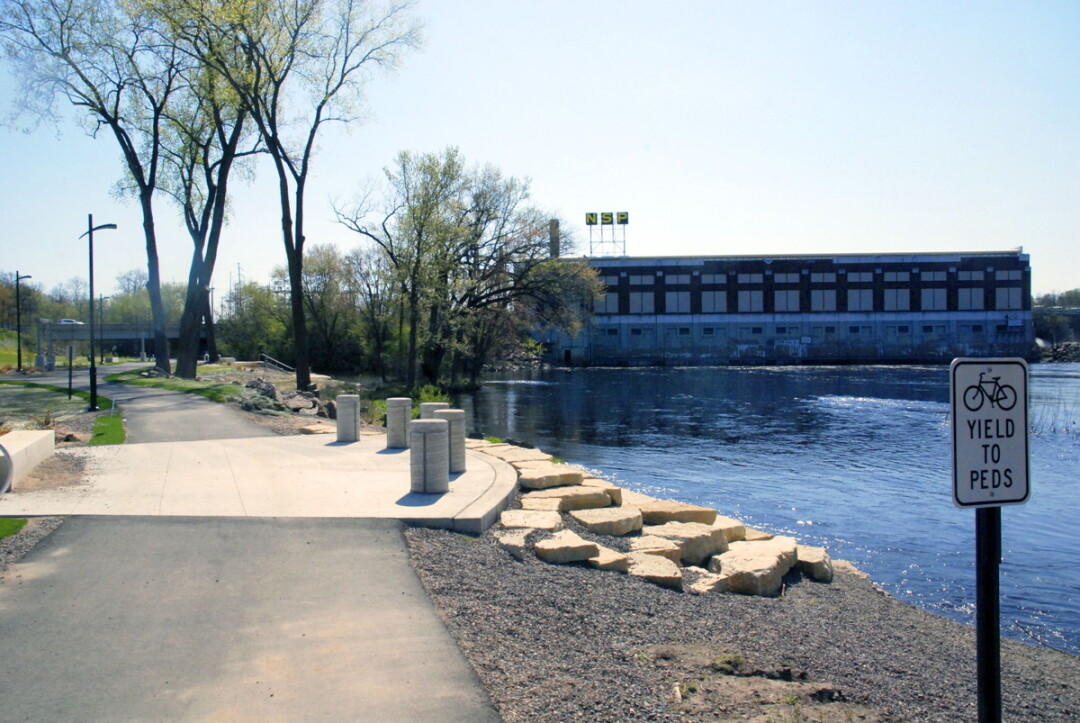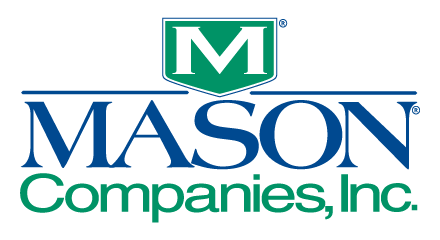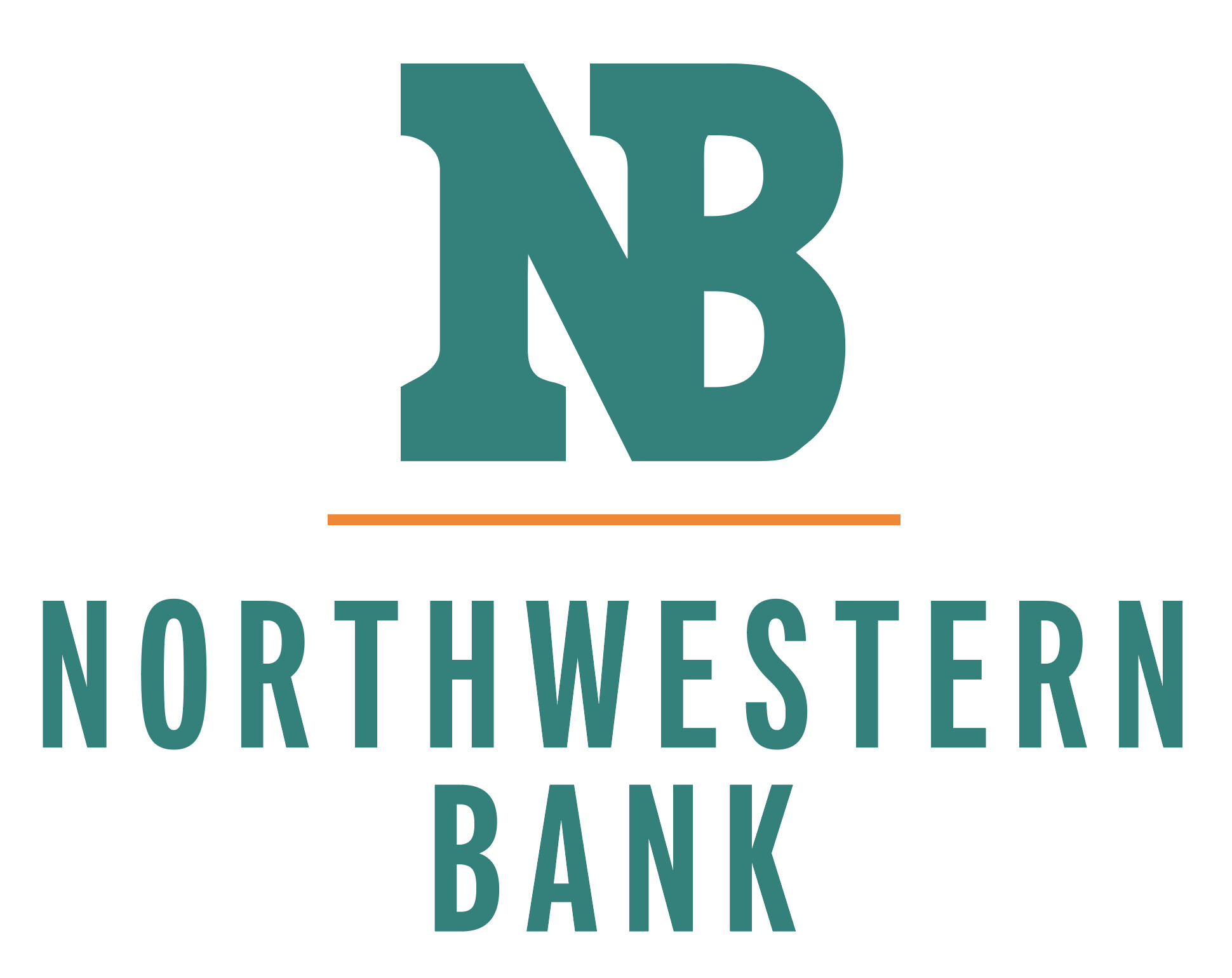Riverfront Revival
downtown Chippewa Falls’ new park project brings visitors down to the water

Considering that Chippewa Falls was born along the river, it’s fitting that its next chapter is taking root there, too. Work is ongoing to transform what was once an underused commercial and industrial plot next to the Chippewa River into Riverfront Park, a seven-acre recreational area with an amphitheater, fountains, pathways, and stone steps that reach the water.
The park, which is expected to be finished early in 2018, is the culmination of 20 years of work by community leaders who had a vision for what downtown Chippewa Falls could be in the 21st century.
Phase I of the project was completed last year, and the park has already become a community asset. Riverfront Park is a triangular swathe of land bordered by Bridge Street (Chippewa Falls’ bustling, traditional downtown), River Street, and the mighty Chippewa River itself.
While the trees are tiny and the grass is still taking root, with a little imagination Riverfront Park’s final form can be discerned. Trails wind their way around the green landscape, the amphitheater lawn slopes toward the future site of a covered stage, and stone steps invite visitors to cast their lines or dip their toes in the water.
The park is an embodiment of the dual nature of Chippewa Falls, where the natural and industrial worlds blend together: Listen closely, and beneath the lapping of the water and the call of the birds you’ll hear the steady hum of the Xcel Energy hydroelectric dam.
LONG TIME COMING
On a sunny spring morning, the park is mostly quiet, save for a biker, a few dog walkers, and a couple fishing in the chilly waters. While low-key, these activities are already a far cry from what you would have seen in the same spot just a few years ago.
“(Chippewa Falls) was like communities and cities all over the country: Rivers like that were used for industry and business,” explained Jayson Smith, the Chippewa Falls city planner and one of the driving forces behind the project. Beginning in 1836, the falls that give the city its name – which are now underwater, thanks to the dam – were the site of a succession of lumber mills, including the Chippewa Lumber and Boom Company’s “Big Mill,” reputed to be the largest sawmill in the world under one roof.
After the lumber era, commercial uses persisted. Before the city acquired the future park property, it held a gas station, a used car lot, a roofing company, and a fast-food restaurant that eventually became the (now former) Chamber of Commerce building. It was also the site of a man-made lagoon that sometimes was filled with untreated sewage when heavy rains overwhelmed the city’s combined sanitary and storm sewer system.
“It was an area that was blighted, dilapidated,” Smith said. Like their counterparts in cities around the country – including just downriver in Eau Claire – community leaders in Chippewa Falls began to reconsider the riverfront as the 20th century ended. In 1994, the city created a Tax Increment Financing district downtown to begin to raise money for redevelopment, and in 1999 an update to the city’s Comprehensive Plan suggested creating a riverfront festival park. At the time, however, Highway 29 was still bringing thousands of semitrucks a day passed the spot, making it less than idea for a park. That changed when a highway bypass opened in 2005. Two years later the Minneapolis-based Cunningham Group, which had been hired by the city, released a riverfront plan, which also called for the development of a park.

PHASING IN
Over the next few years, the city began to take action, buying and demolishing buildings, many of them vacant, at the site. Environmental contaminants were removed, and the cit sewage system was upgraded so the overflow pond on the site was no longer necessary. Finally, after a 12-month planning process, numerous focus groups, and hard work by a steering committee, local engineering firm SEH issued a final concept plan in 2014.
Phase I of the park project was completed last year; it included the construction of elements such as pathways and the amphitheater and the planting of hundreds of shrubs and trees. Through last year, city spending on the park totaled $12 million, which includes buying the land, razing buildings, and transforming the property, as well as rebuilding nearby River Street. All the city funding came via the TIF district.
The fact that part of the land is in the flood plain was taken into account in the park’s design, Smith explained. Electrical infrastructure was only installed above the flood level, and restrooms will be built on higher ground, too.
To complete Phase II of park construction, which is slated for this year, community leaders turned their eyes toward private donors. To date, the Current Campaign has nearly reached its $2 million goal. In early May, the Chippewa Falls City Council voted to grant a bid for Phase II construction – which will include the amphitheater stage and canopy as well as restroom infrastructure – to Heartland Contractors. By the end of the year, Smith expects the park to be able to host programs, although he added that it probably won’t be the site of large events until 2018. While Heartland’s bid came in at $2.3 million – more than what has been raised by the capital campaign – Smith anticipates that fundraising will exceed its original target.
“Every dollars we can raise over our goal is a dollar the city doesn’t have to come up with,” he said.
DOWNTOWN MAGNET
Even though it is still taking shape, Riverfront Park is already being used by residents and visitors, explained Teri Ouimette, executive director of Chippewa Falls Main Street, a downtown revitalization organization. For most of her life in Chippewa Falls, Ouimette said, the river was virtually inaccessible. Now that’s changed.
“We’re in a good position to focus on the riverfront,” Ouimette said. The park, she said, “provides a beautiful visual entrance into the downtown.”
While the parks will have a different feel and function, Riverfront Park could open visitors’ eyes to downtown Eau Claire in the same way that Phoenix Park drove a revival in downtown Eau Claire, Ouimette said.
Not that downtown Chippewa Falls needs a lot of reviving: The city’s commercial core never suffered the same kind of decline seen in many cities across the state and nation. In fact, Ouimette said, the current problem in downtown Chippewa Falls is a relative lack of available commercial properties. Downtown Chippewa Falls remains a place where you can shop in boutiques, buy groceries, enjoy fine dining, and go to the eye doctor.
Mayor Greg Hoffman, who has led the city for nearly a decade, is also excited about the prospects for the downtown park, which he calls “a tremendous addition to the community.” Such amenities add to the quality of life in the community and are important elements in attracting young people to the city, he said. “I talk to a lot of younger people who are extremely excited about this park,” Hoffman noted.
Smith, the city planner, also knows of a young person eager to see the park completed: His daughter is planning on getting married there in the summer of 2018.
“I’m under the gun to get this thing done and get those bathrooms in,” he joked.
To learn more about the project and find out how you can donate online to the current Campaign, visit secure.paperlesstrans.com/CityofChippewaFalls.

